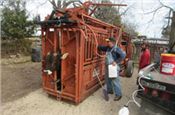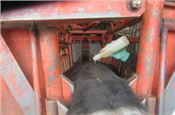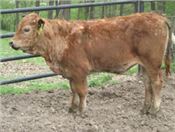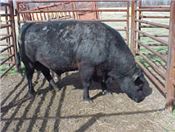Good Time To Treat For Lice
ELDON COLE
MT. VERNON, MISSOURI
Most cattle raisers don’t get excited about treating cows and stockers for lice until they see visible signs of an infestation.
Unfortunately, that normally doesn’t occur until later in the winter in February or even March when cattle start to rub and slip hair.
Lice, likely are already present in your cattle and causing discomfort and loss of productivity. Lice affect young calves, such as fall- borns, or older cattle that may be nutritionally stressed. Research indicates that some cattle may be more likely to be carriers of lice than others. Bulls could even be carriers.
There are two general lice types, blood sucking and the biting and chewing kind. Treatment this time of year will control adults live, but not affect lice eggs. A second treatment in two weeks will aid in controlling the nymphs that hatch after the first treatment.
This time of year spraying is not usually an option but pour-ons and some injectable products work nicely on the blood sucking lice. Be sure to consult with your veterinarian or read the label closely.
If you are buying stockers or breeding stock, practice biosecurity methods and isolate new purchases for several days before commingling them with your treated animals. The use of self-treating devices such as dust bags or backrubbers help keep louse numbers down when located so cattle pass under them daily. Certain fly tags may carry statements regarding they may aid in control of lice, but we usually prefer to remove all old fly tags each fall.
The old adage, “an ounce of prevention is worth a pound of cure,” certainly applies to louse control. Treat animals now to reduce the economic loss they’ll incur if you wait until February or March to treat. ∆
ELDON COLE: Extension Livestock Specalist, University of Missouri

Pour on lice control.


